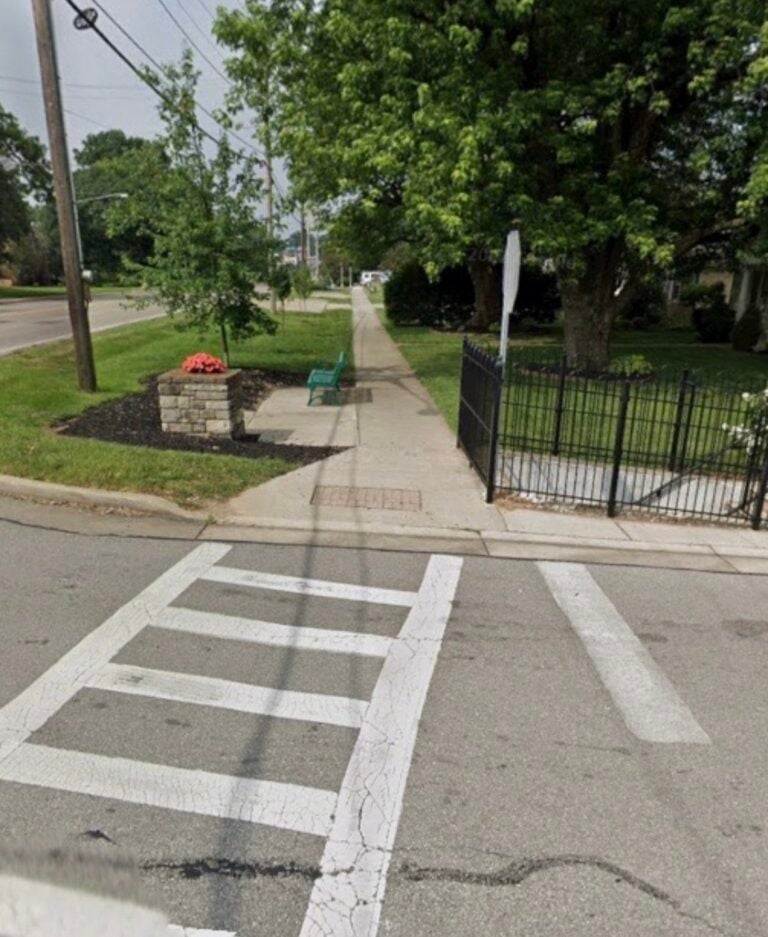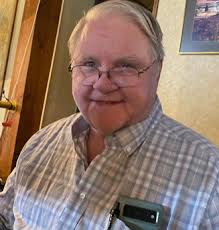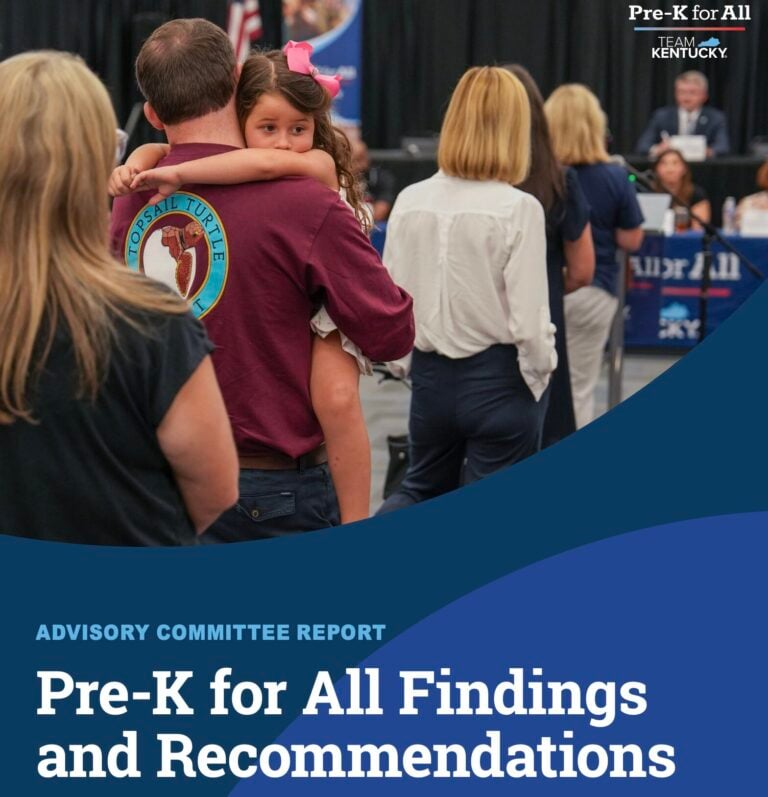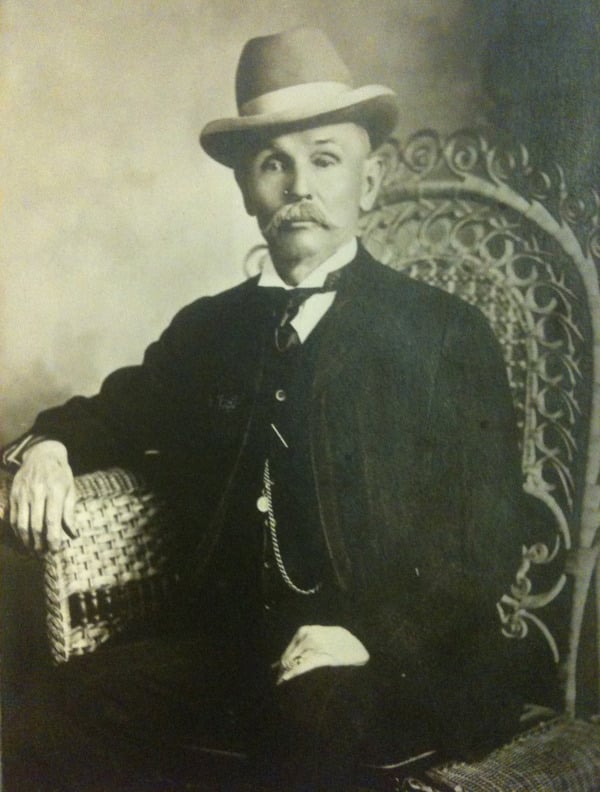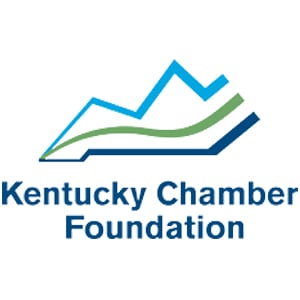By Patricia A. Scheyer
NKyTribune reporter
Welcome House Executive Director Danielle Amrine came to the regular Boone County Fiscal
Court last week to give an update on the Winter Sheltering Program.
“This is our third year of doing the Winter Sheltering program for Boone County and every year it keeps getting better,” said Amrine. “Welcome House’s mission, I just like to remind everyone, is to provide a continuum of services to end homelessness and promote stability for every person we serve.”
During the winter of 2022 and 2023, most of the sheltering was provided by Sure Stay in
Florence. Amrine said the worst time was just before Christmas when on Friday, December 23, the temperature dropped 39 degrees, ending at 5 degrees.

“The temperature drop was around 39 degrees in a span of a few hours and that created a large influx of people desperately seeking services from Welcome House,” Amrine said.
The amount of people served during the winter was 167, and there were 6 new activations, 60 nights of shelter with 2,353 bed nights, and the average length of stay was 7 nights.
Broken down further, they served 160 adults and 7 children, 9 veterans, 31 chronically
homeless. There were 101 males, and 56 females, 2 transgendered and 1 fluid.
This year provided a lot more data.
“I live by the philosophy that if it can be measured, it can be improved,” Amrine said. “So we’re really excited about getting our hands into the data, of what the population looks like out here in Boone County.”
The numbers show that the greatest demographic of people who are using the shelter are
between the ages of 25 and 54, with the 25 to 34 group generating 35 people, the 35 to 44
age group generating 41 people, and the 45 to 54 age group numbering 40 people. However, while the next age group of 55-to-61 is less than the major groups at 21, and the 62 and older group is less than that at 18, both are more than the under 25 group.
Most identified as caucasian or non-Hispanic. Another surprising table of contents showed that 73 people admitted to having a chronic health condition, and 48 people said they have a mental health disorder. Twenty-eight people had a developmental disability.

Thirteen people admitted to alcohol disorder, and fifteen said they had a drug use disorder, while thirteen said they had both alcohol and drug use disorder. Fifteen had a physical disability, and seven were fleeing domestic violence.
“You can see we track income, and 91 people had no income at all,” Amrine explained. “But what is interesting is that we have people with income – 9 people had an income over $2000 a month. We have 34 who have earned income, which means they have a job.”
Fifteen are on Social Security and 17 are on Social Security Disability.
Amrine said they identified 31 people who are chronically homeless — people who are seen
sleeping outside all the time. Of those, 24 are male and 7 are female. Eighteen are between the ages of 35 and 54, with only 6 in the 62 and over category. Again, a significant amount have a chronic health condition, as well as a mental health condition, and several have the alcohol or drug use factor. All of this data, she said, helps the shelter target programs that can help people.
At the end of her presentation, she introduced two of the their street outreach people who actually are out in the field, helping the homeless people get to some sort of immediate help, Amanda Booker and Troy Harper.
Judge Executive Gary Moore spoke up, telling how in February of this year, Booker and Harper came across a homeless man near McDonalds on Turfway, and it was obvious to Booker that he was having an overdose reaction, so she administered Narcan. The Florence EMS came and took him to the hospital and he did not die. Moore recognized the two for going above and beyond, and everyone gave them a round of applause.
Harper said he has been sober for seven years, and he appreciates the opportunity to help other people that Boone County has given him and he gets to share experience, strength, and hope. Booker said she has been sober for 3 1/2 years, and she loves her job.
“I see people, and I might not have been as bad as they are, but I could have been,” she said. “There aren’t many places like the Welcome House around.”
Funding for this program comes through Mental Health, intellectual disability and aging tax fund.













